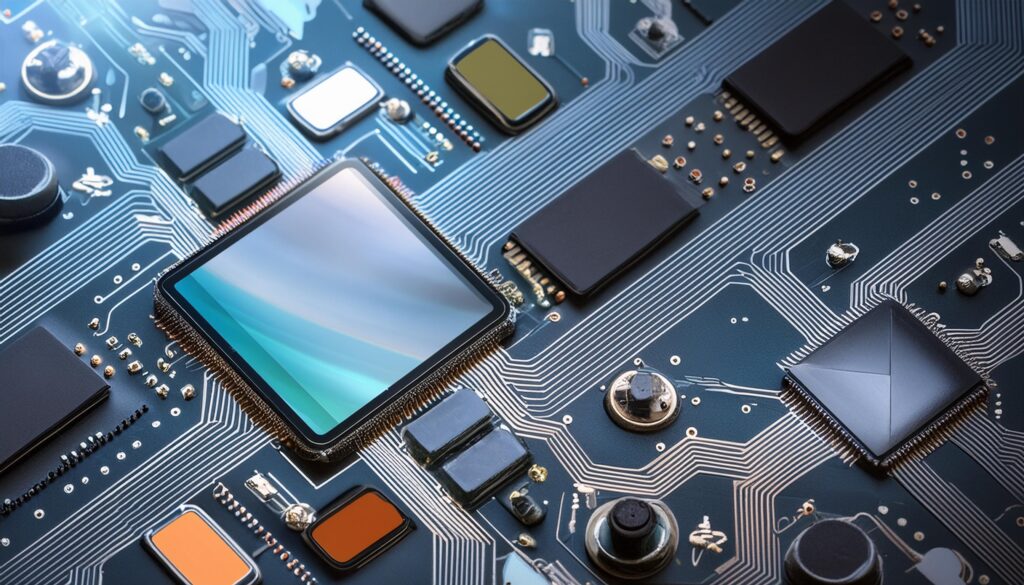
The central processing unit (CPU) is the beating heart of every smartphone, powering its performance and determining its capabilities. Understanding the phone platform and CPU architecture is crucial for making informed decisions when choosing a new device. Here’s a detailed exploration of the essential components that drive our mobile technology forward.
Phone Platform: Operating System and Ecosystem
The phone platform encompasses the operating system (OS) and the ecosystem it supports. Key platforms in the smartphone industry include:
- Android: Developed by Google, Android is the most widely used mobile OS globally, offering a customizable user experience and a vast array of apps through the Google Play Store.
- iOS: Apple’s iOS is known for its seamless integration across Apple devices, providing a secure and intuitive interface with access to the App Store for exclusive applications and services.
- Others: Alternative platforms like HarmonyOS by Huawei or KaiOS for feature phones cater to specific market segments, offering unique features and app ecosystems.
CPU: Powering Performance and Efficiency
The CPU is the primary component responsible for executing instructions and tasks within a smartphone. Here are the key aspects of smartphone CPUs:
- Architecture: CPUs are designed based on different architectures such as ARM (Advanced RISC Machine), which is prevalent in mobile devices due to its energy efficiency and performance balance.
- Core Configuration: CPUs can feature multiple cores (e.g., dual-core, quad-core, octa-core) to handle simultaneous tasks efficiently. More cores generally mean better multitasking capabilities and faster processing speeds.
- Clock Speed: Measured in GHz (gigahertz), the clock speed determines how quickly a CPU can execute instructions. Higher clock speeds typically result in faster performance, but efficiency is also influenced by architecture and optimization.
Performance vs. Efficiency: Finding the Balance
Modern smartphone CPUs strive to strike a balance between performance and energy efficiency:
- Performance: High-performance CPUs excel in demanding tasks such as gaming, multimedia editing, and augmented reality (AR) applications, providing a seamless user experience.
- Efficiency: Energy-efficient CPUs prioritize battery life, ensuring prolonged usage on a single charge without compromising basic functions or responsiveness.
Future Trends: AI Integration and Custom Silicon
The future of smartphone CPUs is evolving with advancements in artificial intelligence (AI) integration and custom silicon:
- AI Integration: AI-enhanced CPUs optimize performance by predicting user behavior, enhancing camera capabilities, and improving overall device responsiveness.
- Custom Silicon: Manufacturers are increasingly designing custom CPUs (e.g., Apple’s A-series chips, Qualcomm Snapdragon series) tailored to their platforms, offering optimized performance, efficiency, and exclusive features.
Conclusion
The platform and CPU of a smartphone form its technological backbone, influencing everything from user experience to app compatibility and battery life. By understanding these components and their roles, consumers can confidently select a smartphone that meets their needs for performance, efficiency, and ecosystem integration. Stay informed about the latest advancements in smartphone technology to make the most out of your mobile experience.
For more insights into smartphone CPUs, platform comparisons, and in-depth reviews, explore our comprehensive guides and articles on modern mobile technology.